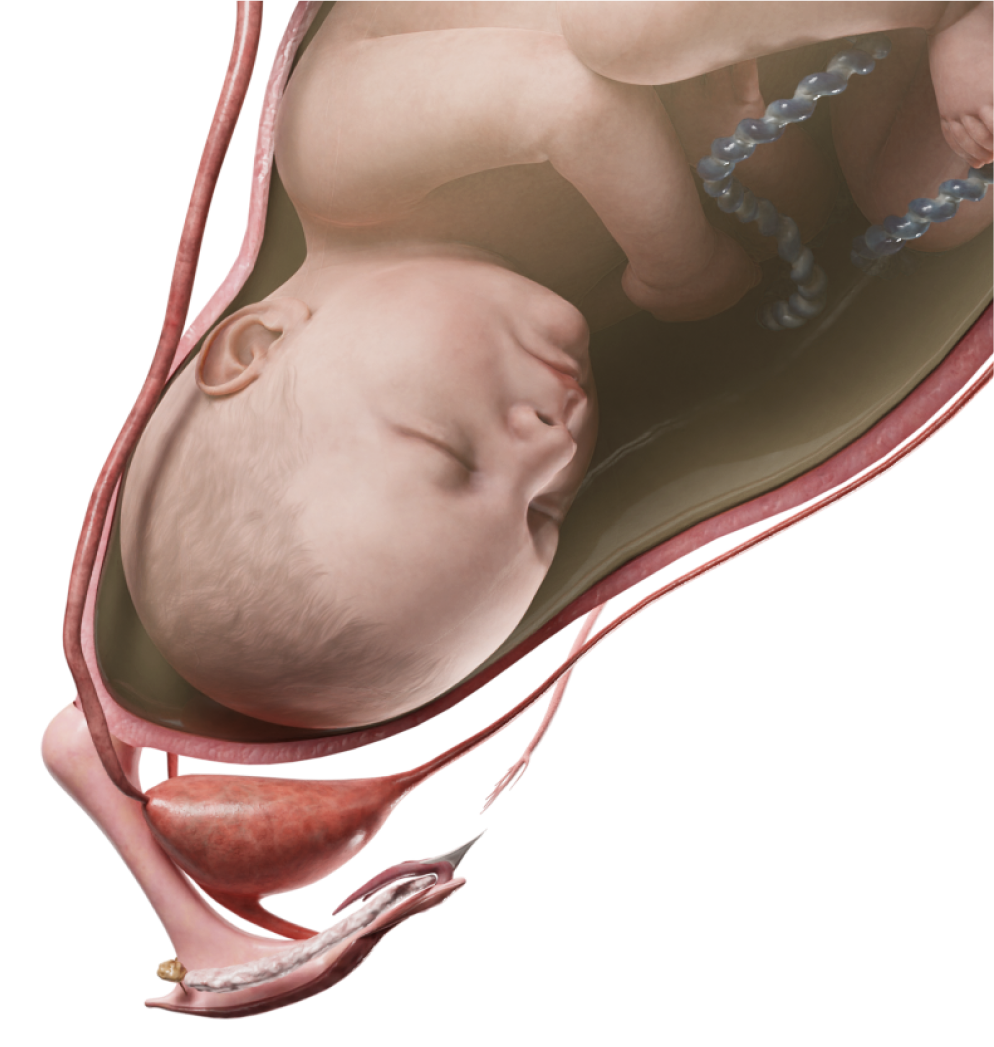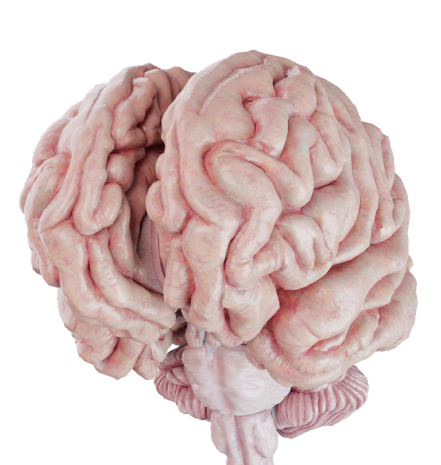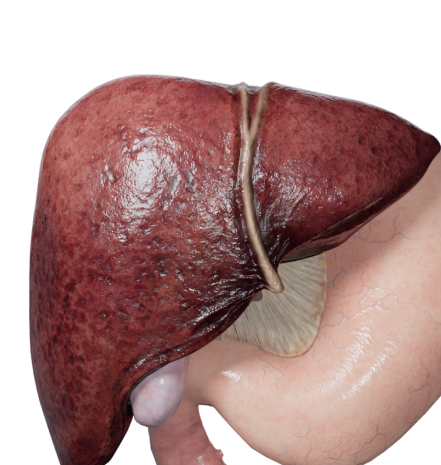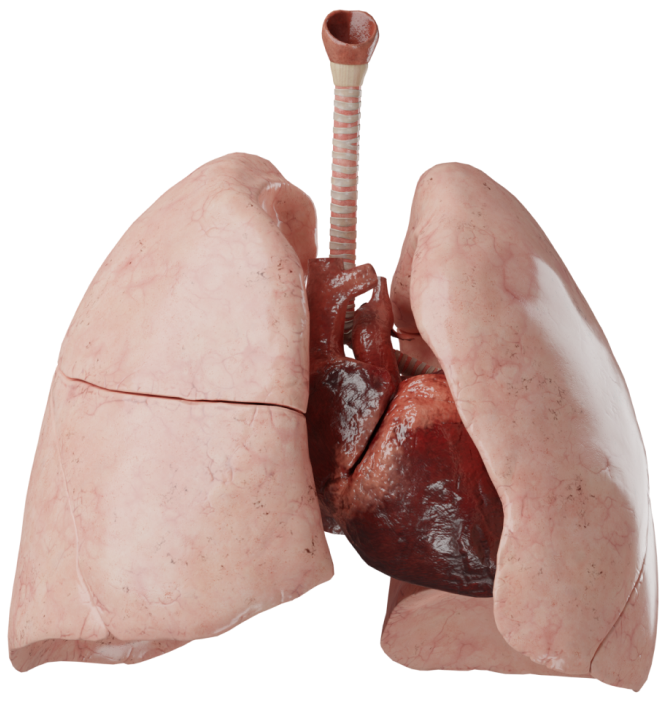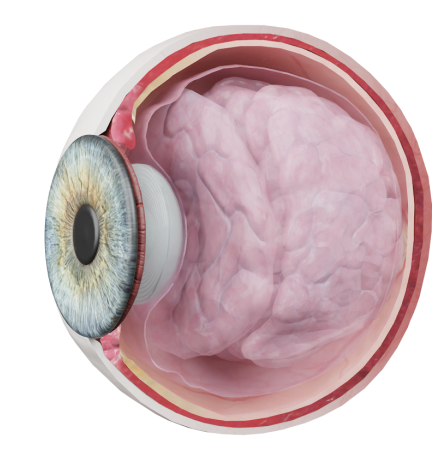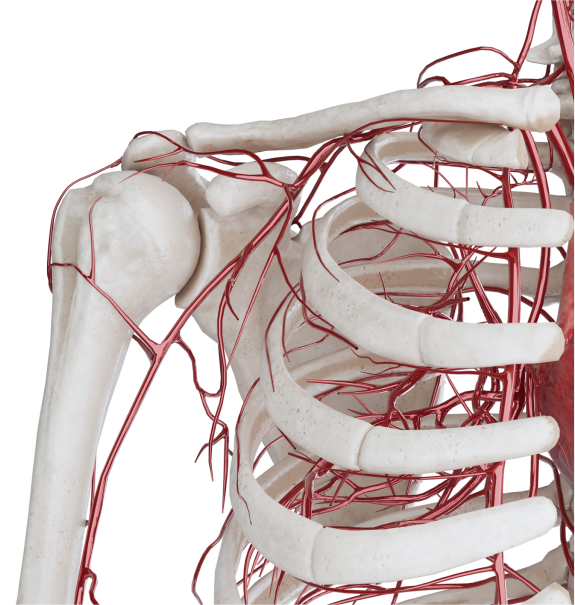Аортолегочное окно
Что такое аортолегочное окно?
Аортолегочное окно – врожденный порок сердца, который представляет собой наличие сообщения между прилежащими частями восходящей аорты и легочного ствола.
Эмбриология
Развитие дефекта аортолегочной перегородки связано с неполным разделением конотрункуса на аорту и легочной ствол. При влиянии различных факторов не происходит полного срастания перегородки между магистральными сосудами, что приводит к возникновению между ними соустья.
Анатомия
Аортолегочное окно имеет различную локализацию: проксимальную, дистальную или смешанную форму. Размеры сообщения также варьируются в широких пределах: от небольших сообщений (2мм) до больших дефектов, значительно влияющих на гемодинамику.
Основным отличием аортолегочного окна от общего артериального ствола является - наличие отдельных аортального клапана и клапана легочной артерии.
Частыми сопутствующими пороками сердца являются: перерыв дуги аорты, коарктация аорты, а также другие внутрисердечные аномалии.
Классификация
В зависимости от расположения дефекта выделяют 4 типа порока:
- I - окно располагается над синусами Вальсальвы.
- II - дистально расположенный дефект, с вовлечением в зону соустья правой легочной артерии.
- III - дефект больших размеров, обе легочные артерии отходят от аорты с задней стороны.
- IV - промежуточный тип.
Гемодинамика
Аортолегочное окно относится к ВПС с увеличенным легочным кровотоком.
Выраженность гемодинамических нарушений определяется размерами отверстия и соотношением общелегочного и периферического сопротивлений. При малых размерах окна объем сброса крови из аорты в легочную артерию невелик и давление в легочной артерии может быть нормальным. У пациентов с большими размерами окна уже в раннем возрасте отмечается легочная гипертензия.
Левый желудочек и левое предсердие испытывают объемную перегрузку в период диастолы из-за большого объема крови, возвращающегося из легких. Правый желудочек не подвергается объемной перегрузке, однако в связи с работой по нагнетанию крови в сосуды с высоким давлением развивается умеренная нагрузка сопротивлением. При развитии легочной гипертензии нагрузка на левый желудочек снижается, а на правый сохраняется или даже возрастает.
В ответ на гиперволемию происходит рефлекторный спазм легочных резистивных сосудов, который является компенсаторным механизмом, защищающим от переполнения и снижающим предрасположенность к отеку легких.
Однако длительное повышение тонуса гладкой мускулатуры прекапиллярных сосудов включает следующий этап компенсаторных реакций, направленных на структурную фиксацию просвета легочных сосудов - склероз.
Однако у новорожденных необратимых изменений в легочных сосудах, как правило, не происходит. Необратимые изменения легочных сосудов с реверсией шунта постепенно развиваются к юношескому возрасту.
Диагностика
- ЭхоКГ, КТ. Визуализация порока и сопутствующих дефектов.
- ЭКГ. Признаки не специфичны, отражают степень нагрузки на левые или правые отделы сердца. В первую очередь возникают признаки перегрузок левых отделов сердца. При наличии легочной гипертензии – отклонение электрической оси вправо, признаки перегрузки правого желудочка.
- Рентгенография. Сердце умеренно расширено, легочная артерия выбухает, выступают края левого предсердия и левого желудочка. Дуга восходящей аорта не выдается. Легкие отечны, легочный рисунок усилен.
- Катетеризация сердца. Позволяет установить степень легочной гипертензии, величину и направление сброса крови.
Клинические проявления
Клиническая симптоматика характерна для пороков с лево-правым шунтом (одышка, тахикардия, повышенное беспокойство, отсутствие аппетита, плохая прибавка в весе, потливость). При развитии застойной сердечной недостаточности возникают рецидивирующие респираторные заболевания, застойные хрипы в легких, гипотрофия.
На первых неделях жизни возможно кратковременно возникновение цианоза во время крика ребенка, связанное с развитием сброса венозной крови из легочной артерии в аорту. У детей старшего возраста появление цианоза свидетельствует о развитии высокой легочной гипертензии.
Наиболее ранним и характерным симптомом является одышка c участием абдоминального и грудного дыхания с втяжением межреберных промежутков. Отмечается приподнимающий верхушечный толчок. Пульсовое давление увеличено вследствие утечки артериальной крови в легкие.
Аускультативная симптоматика зависит от размера отверстия и объема сброса крови. Следует помнить, что данный дефект часто сочетается с другими ВПС, что может искажать аускультативную картину.
- Громкий систолический шум выброса.
- Систолодиастолический шум при небольших дефектах во 2-3 межреберье слева.
- Короткий шум с акцентом 2-ого тона на легочной артерии – признак развития легочной гипертензии.
- Повышение сопротивления легочных сосудов - шумов в области сердца может не быть совсем или определяется диастолический шум недостаточности клапана легочной артерии Грэма Стилла.
Лечение
Учитывая быстрое развитие легочной гипертензии и других осложнений при данном пороке, хирургическое лечение показано в ранние сроки, в пределах первого года жизни.
При сравнительно небольших размеров дефектах выполнят простую их перевязку, при возможности. В остальных случаях выполняется разделение магистральных сосудов и ушивание дефекта заплатой.
После возникновения легочной гипертензии выполнение радикальной коррекции невозможно. В таких случаях выполняется двухэтапное вмешательство 1 этап - суживание легочной артерии; 2 этап - радикальная операция.



